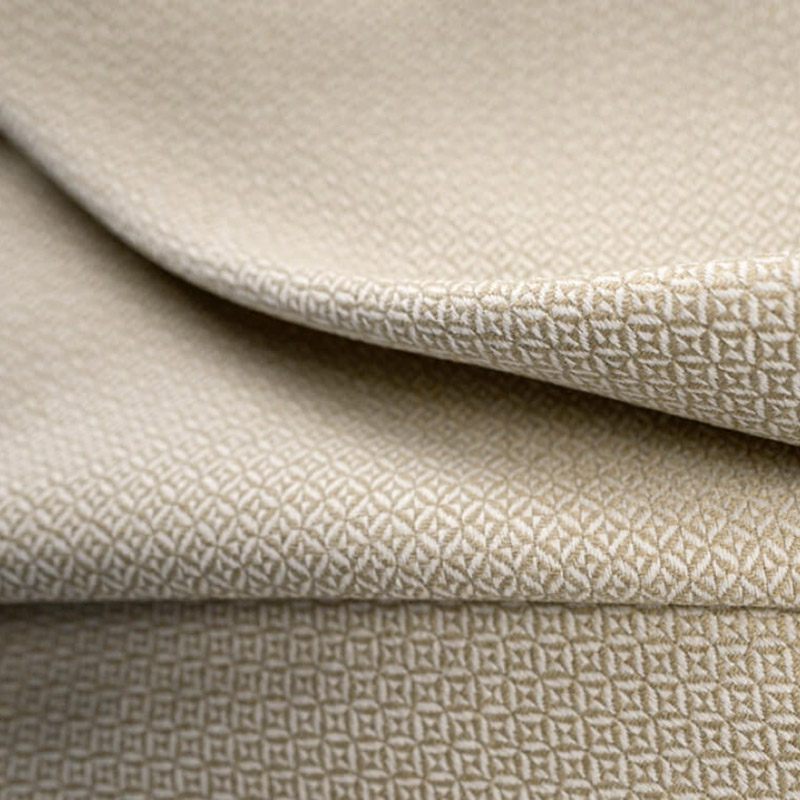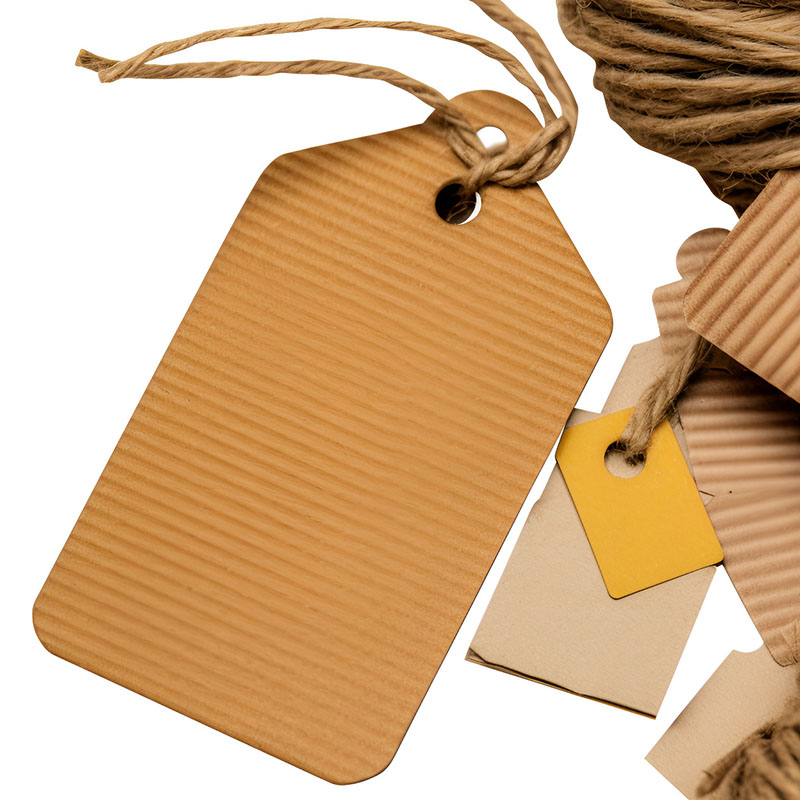AC DC Hybrid Solar Pool Pump with Solar Inverter
2025-02-21
1. Lightweight: PP yarn has a low density, which is lighter than common fibers such as cotton and polyester fibers. It can reduce the weight of the fabric, increase wearing comfort, and also facilitate transportation, etc.
2. Strong chemical corrosion resistance: PP yarn has good resistance to chemical substances such as acids and alkalis, and is not easily corroded and damaged in some chemical environments, making it suitable for textiles in special protection fields.
3. Good abrasion resistance: PP yarn has certain abrasion resistance. The fabrics made from it are not easy to pill or be damaged due to friction during daily use, and have a relatively long service life.
4. Low hygroscopicity: PP yarn hardly absorbs water, and the moisture regain rate is extremely low. Fabrics are not easy to get damp and mildew, and can still maintain good performance in a humid environment. They also dry easily.
5. Excellent electrical insulation: PP yarn is a very good electrical insulating material and can be used to manufacture some products with requirements for electrical insulation performance, such as insulating cloth.
6. Good resistance to bending fatigue: PP yarn is not easy to be damaged after repeated folding and bending. The fabrics made from it have good wrinkle resistance and shape retention, and can maintain their appearance for a long time.
7. Good processing performance: PP yarn has a relatively low melting point and is easy to be processed by melt spinning. Yarns with different linear densities and twists can be made to meet the needs of different textiles.
8. Relatively good environmental protection: The raw material of PP yarn, polypropylene, can be recycled and reused, which reduces the pressure on the environment to a certain extent.

























































